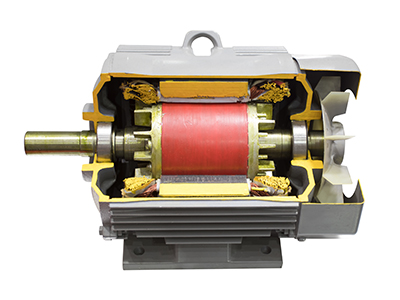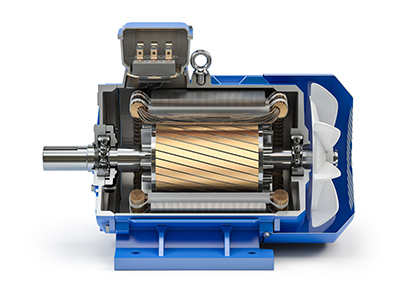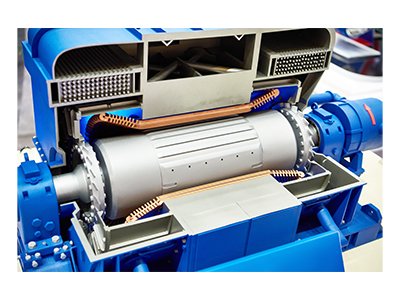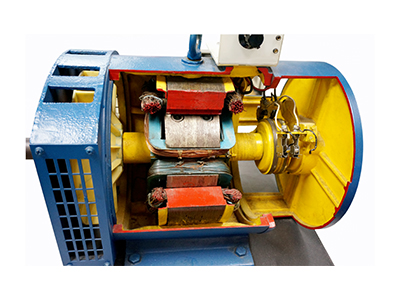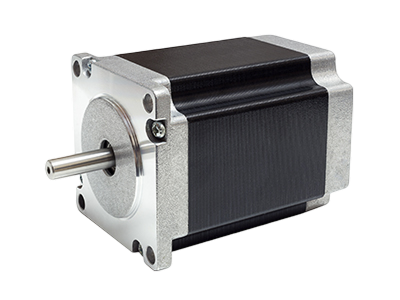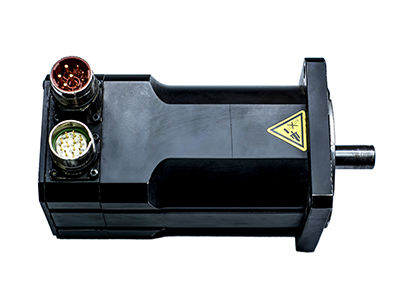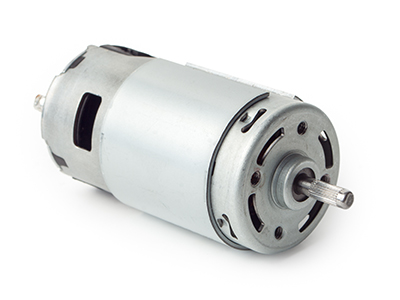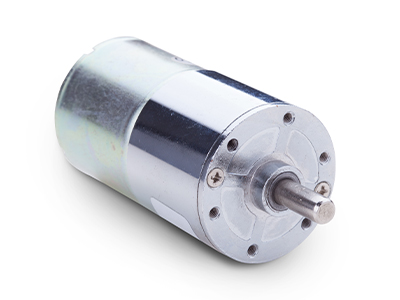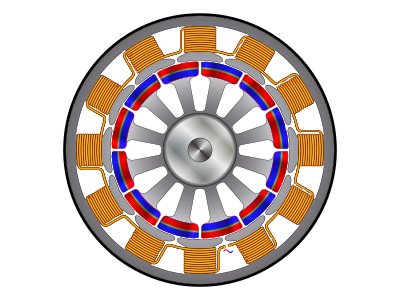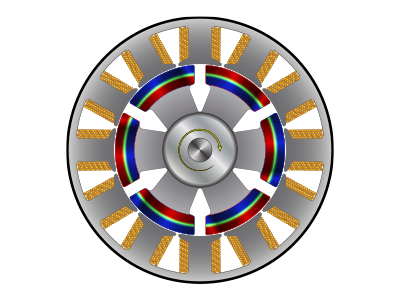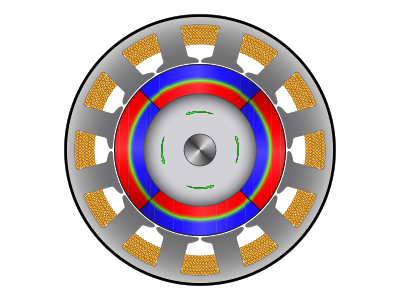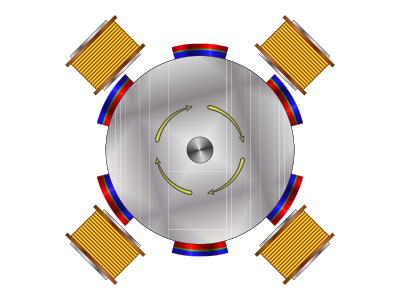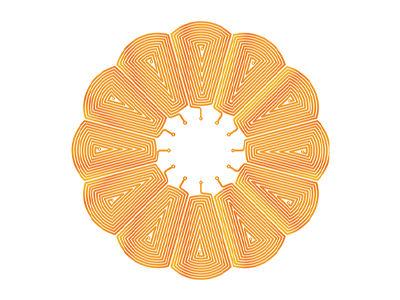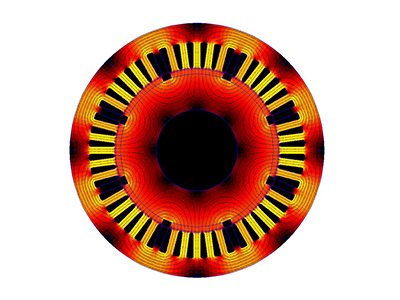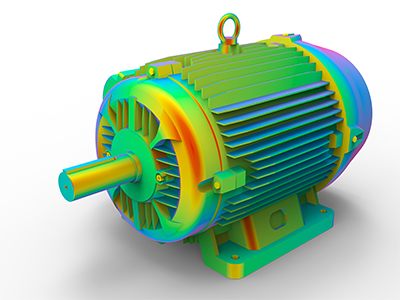System safety has been an important aspect of modern engineering. Each product, system, or machine has to be safe for people, safe for the environment, and reliable for a long duration of time. Traditional checks and safety methods often rely on models, tests, and physical checks. While these methods are essential, they are often time-consuming and expensive. Today, the field of System Safety Engineering has a new tool, which is capable of changing the industry: The Digital Twin.
At Dansob, we see digital twins as a path to stronger and faster system safety engineering. With our expertise, we apply our new strategies to assist numerous sectors with the product design, proving to deliver accurate and reliable outcomes.

What is a Digital Twin?
A digital twin is a virtual model of a physical system. It mirrors the real system and works with live data. The twin can show how the system will perform in different conditions. It can also predict issues before they happen.
For system safety engineering, the digital twin is more than a model. It is a tool for risk study, testing, and planning. It brings insight to both the early design and the later life of a product.
Digital Twins in System Safety Engineering
At Dansob, we use digital twins to improve every part of safety work.
- Early Design Safety: The twin helps us study designs before they are built. We can test faults, stress, and failure paths. This means fewer risks move into production.
- Real-Time Monitoring: With live data, we see system health as it runs. This helps us predict and prevent issues.
- Safer Operations: The twin supports system safety engineering and risk assessment. We find risks faster and reduce them before they harm people or assets.

Benefits of Digital Twins for Safety
The role of digital twins in engineered safety solutions is clear. The benefits are wide and measurable.
- Lower Cost: Testing in the digital world saves money on prototypes.
- Less Risk: Risks are seen earlier, so solutions are planned before damage.
- Better Decisions: Data guides leaders with clear insight.
- Long-Term Safety: Safety is built into the full life cycle of the system, not just the start.
Applications Across Industries
At Dansob, we provide engineered safety solutions to many sectors. The digital twin supports each one in unique ways.
- Aerospace and Space: Safety checks for complex flight systems.
- Defense: Risk control for critical defense equipment.
- Automotive and Air Mobility: Safer vehicles with real-time fault studies.
- Energy and Utilities: Stable and safe supply chains.
- Medical and Semiconductor: High precision with reduced system errors.
Each industry gains from faster testing, lower risk, and trusted safety assurance.
How Does Dansob Deliver Value?
Our team at Dansob combines system safety engineering with the power of digital twins. We offer:
- Expert Risk Assessments: Detailed safety and risk analysis with digital support.
- Custom Engineered Safety Solutions: Tailored models for each industry.
- Full Project Support: From design to operation, we track and manage safety.
Our focus is not just on fixing problems. We build systems that prevent problems. This is the true strength of system safety engineering.

Future of Digital Twins in Safety
The future of safety lies in predictive tools. As systems grow in size and complexity, safety cannot depend only on manual checks. Digital twins will be the standard tool for system safety engineering and risk assessment.
At Dansob, we invest in this future. Our methods combine proven safety practices with advanced digital models. This gives our clients the trust that their systems will remain safe, efficient, and ready for growth.
Why Choose Dansob?
- Proven skill in system safety engineering
- Use of advanced digital twin technology
- Custom safety solutions for many industries
- Strong focus on risk prevention and long-term value
Safety is not just a step in our process. It is our foundation.
FAQs
Q1: How does a digital twin help in system safety engineering?
A digital twin gives a live model of a system. It shows risks, failures, and faults early, so safety measures can be planned.
Q2: Can digital twins replace physical testing?
No. They reduce the need for many tests, but physical testing is still required. Together, they make safety stronger and faster.
Q3: Does Dansob provide custom engineered safety solutions?
Yes. We build safety models and risk systems that fit each client’s project and industry.
Q4: Which industries can benefit most from digital twins in safety?
Aerospace, defense, automotive, medical, utilities, and many others benefit from digital safety models.
Q5: Why should I choose Dansob for system safety and risk assessment?
Our blend of digital tools, expert knowledge, and industry focus makes us a trusted partner for safe system design and operation.
Conclusion
Digital twins are changing how we think about safety. They reduce risks, save costs, and guide better choices. At Dansob, we lead this change with strong expertise and custom engineered safety solutions. Our mission is clear: safer systems, safer people, and safer industries.

